New York - Manhattan - N. of 110th St.
Manhattan - North of 110th Street
The Cathedral Church of Saint John the Divine

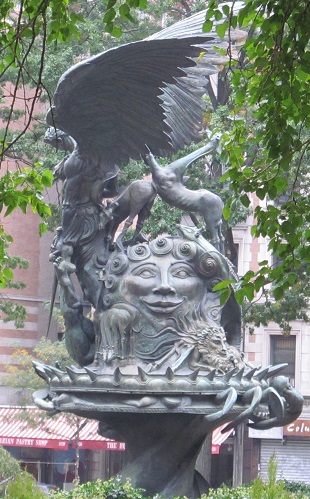
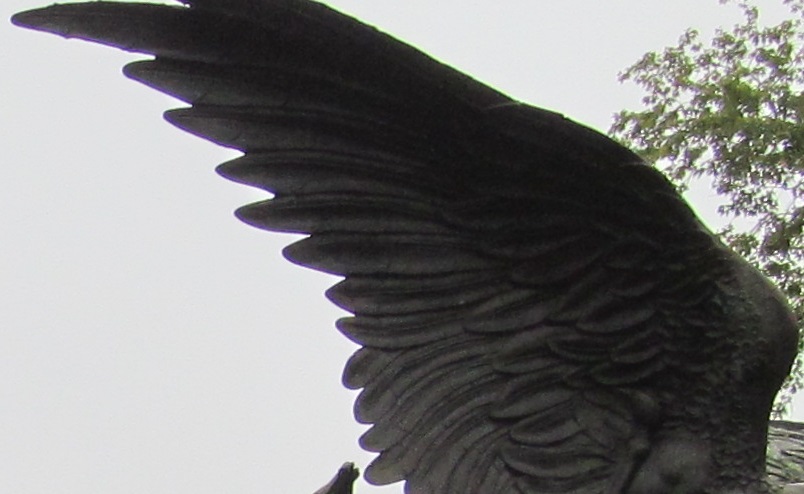

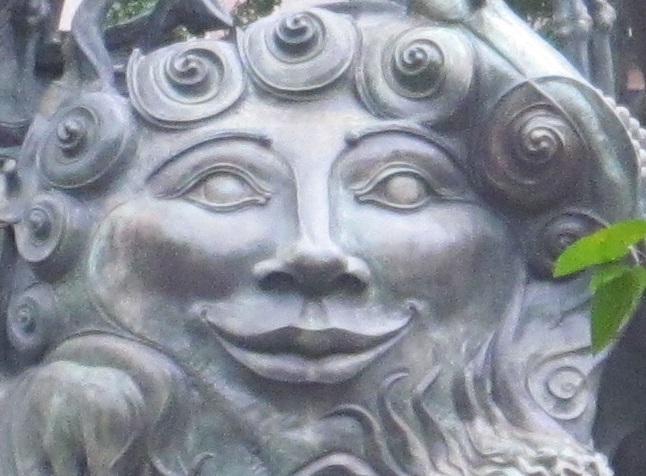
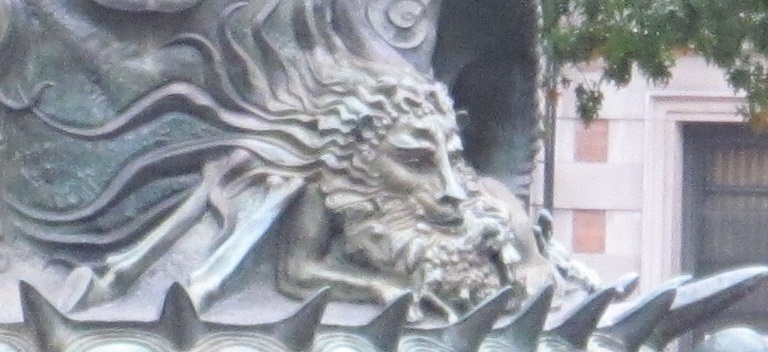
The cathedral is so huge, it has its own sculptor-in-residence. Greg Wyatt designed the unholy fury of the Peace Fountain in 1985. Peace? Out of this? It's supposed to represent the struggle of good and evil, along with Archangel Michael fighting Satan, along with random smiling sun and moon and assorted strange beasts. With crab legs on the bottom. And despite being a fountain, there is no water.

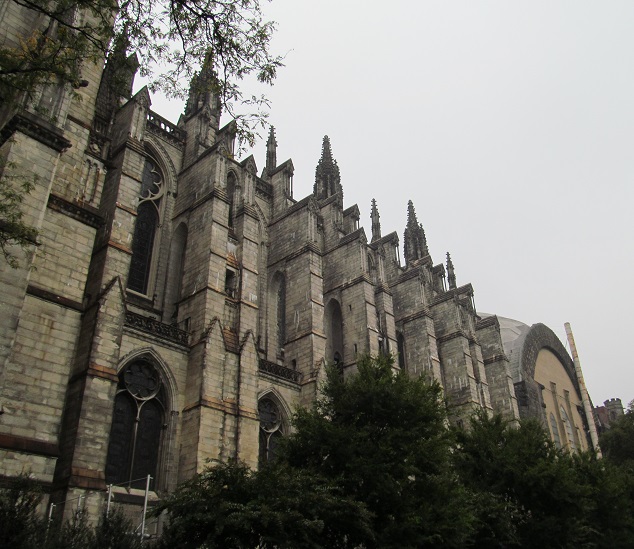

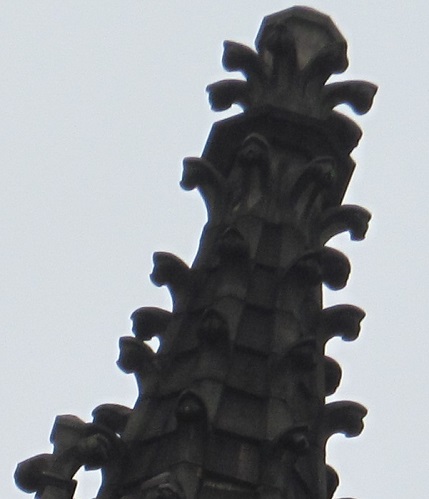
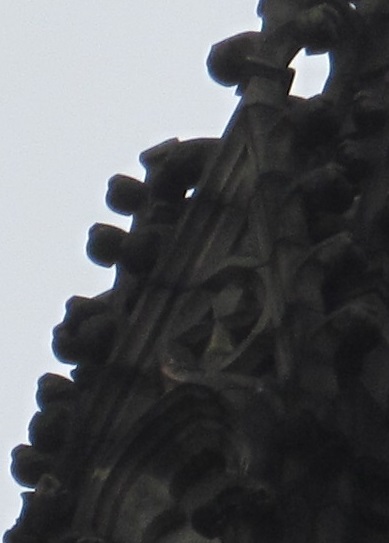
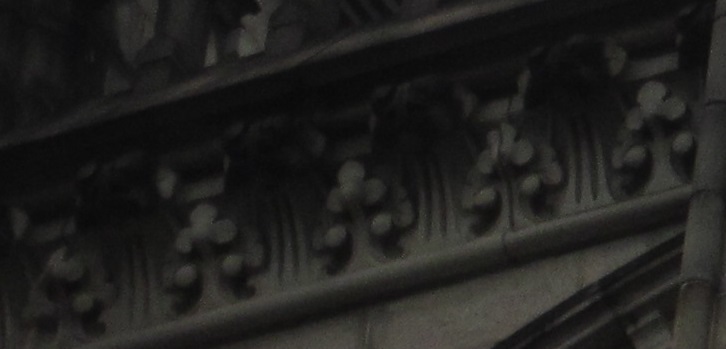
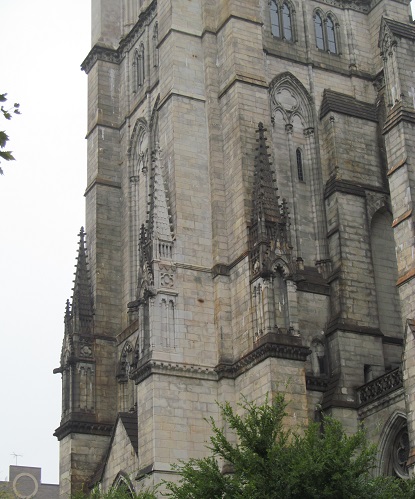
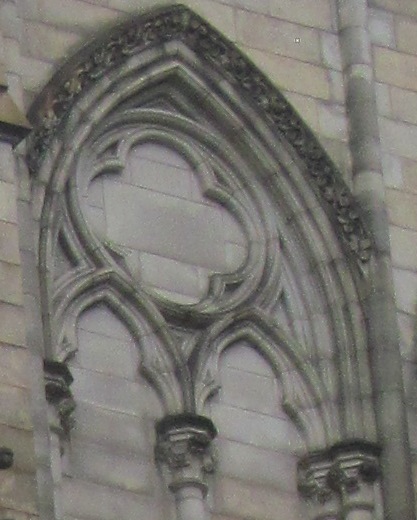

The whole church started construction in 1892 in the Byzantine Revival and Romanesque Revival styles. By 1909, the central crossing (the main chamber with side "legs", forming a cross from the air) was complete, at which point the style abruptly changed to Gothic Revival for the rest of the building. It still makes more sense than the Peace Fountain. The style change apparently didn't help, as after completing the nave in 1941, the building still lacks western towers, the south transept, and a steeple above the crossing. Let's go to Brutalist next?

Perhaps this is the missing steeple. It's in the middle of the courtyard and I have no idea what it's for. Original tower cast aside when the style changed?

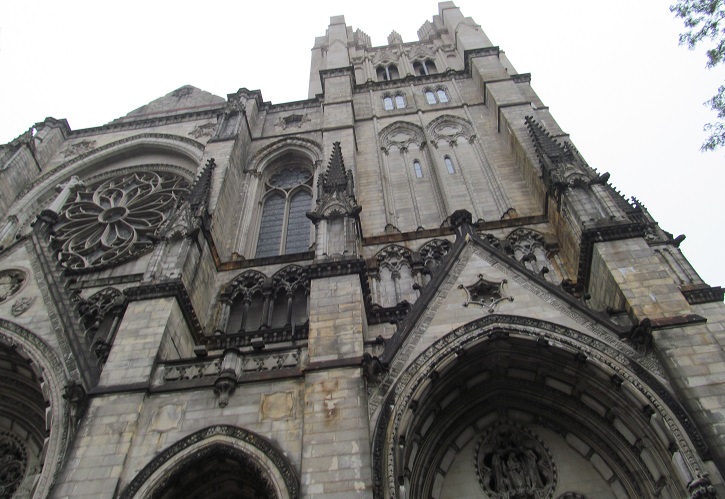
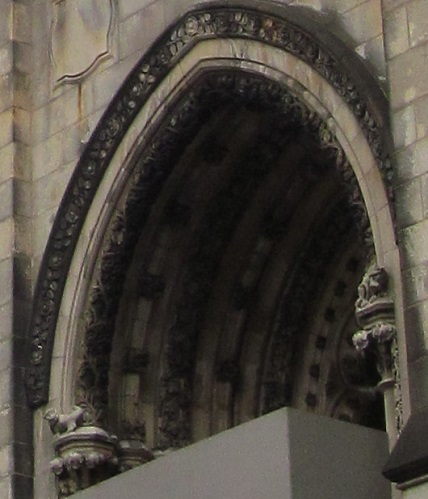
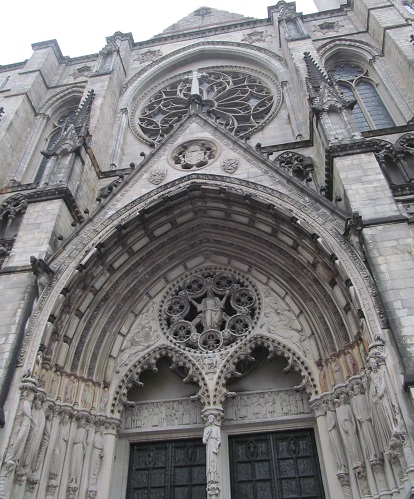
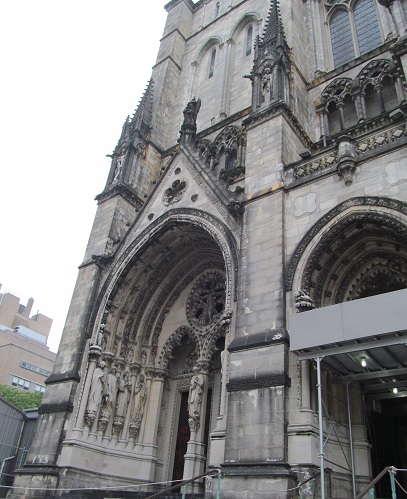
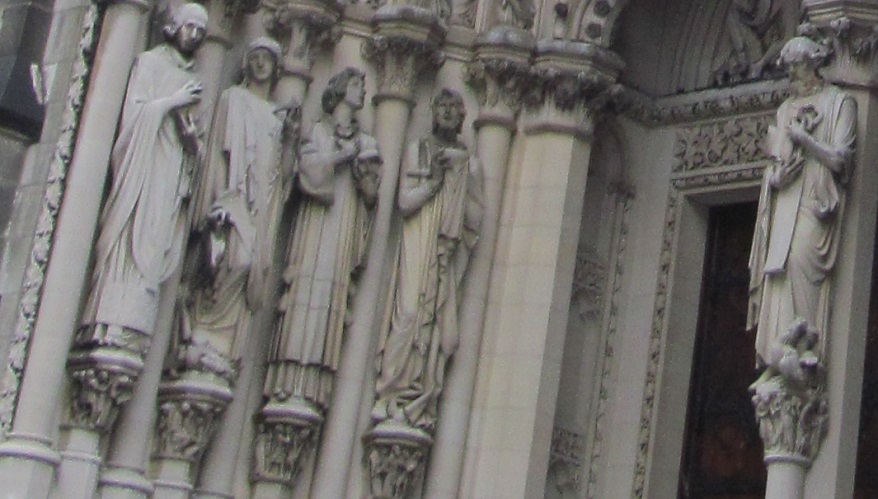
Walking around to the extremely ornate front entrance. No idea which of the three styles this represents. Click on either of the first two photos to read the text inscribed above the rightmost entrance and see some more architectural details.
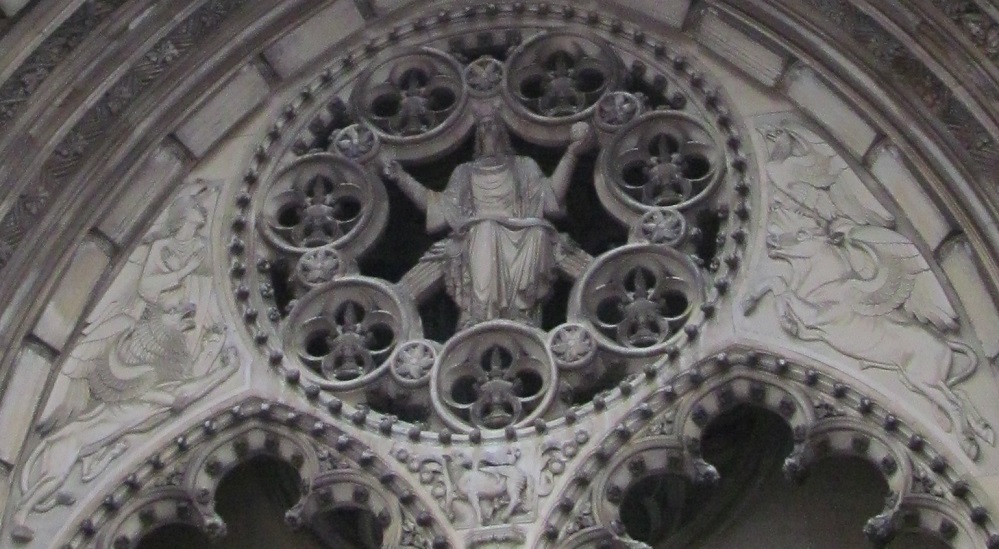
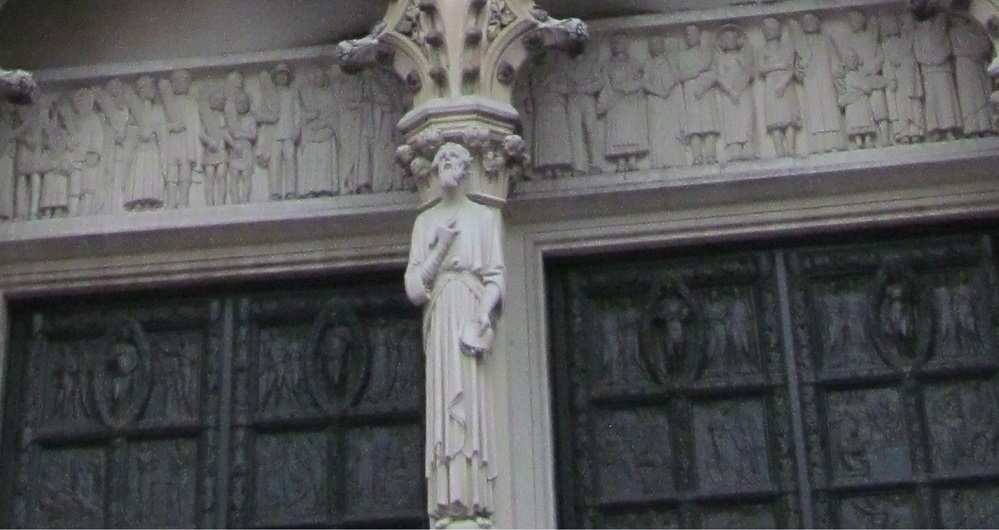

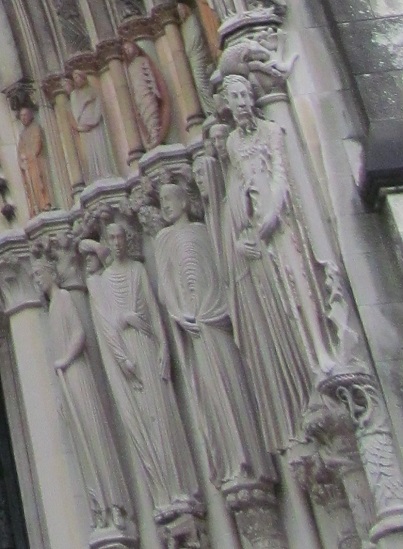
The center door is flanked by some very thin angels or people. There are too many of them for me to know what they all represent, but there they are for you, along with some of the intricacy above the door. Click on any of these images to read the writing on top of the center door frame. (For reference, the left door frame is the "For God so loved" maxim, which is so ubiquitous that I don't need to present it to you.)

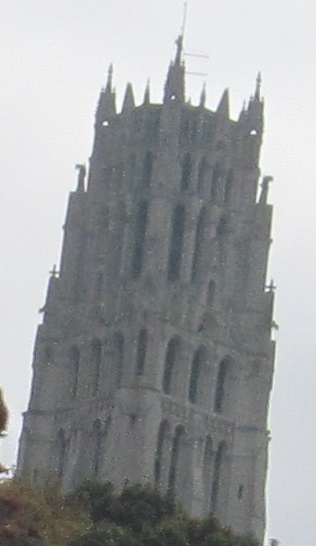
From one church to another, this one is the Riverside Church, seen from, of all places, the Hudson riverside.

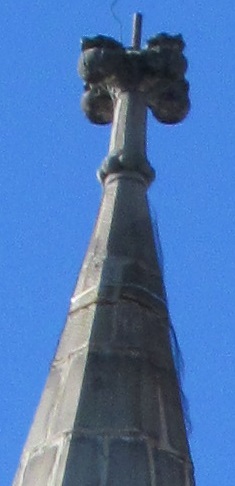

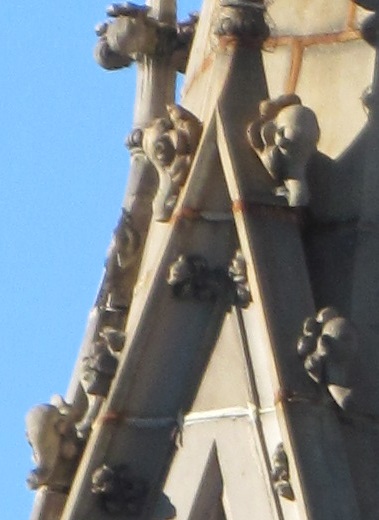

Let's just get all the churches out of my system. This is St. James Presbyterian at 141st Street and St. Nicholas Avenue. I wonder if James and Nicholas have a rivalry.

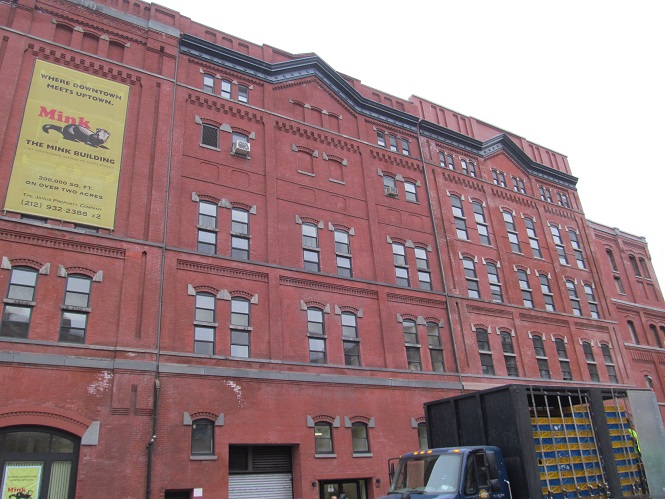
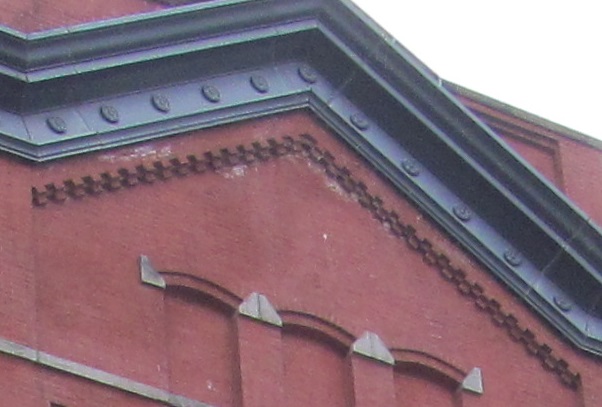
Here, not a church. The Bernheimer and Schwartz Pilsener Brewing Company built the Mink Building in 1905 after acquiring the former uptown Yuengling Brewery site at 126th-128th Streets and Amsterdam Avenue. You're looking at the southwest face along 126th Street. Needless to say, the building survived Prohibition but the brewery did not.
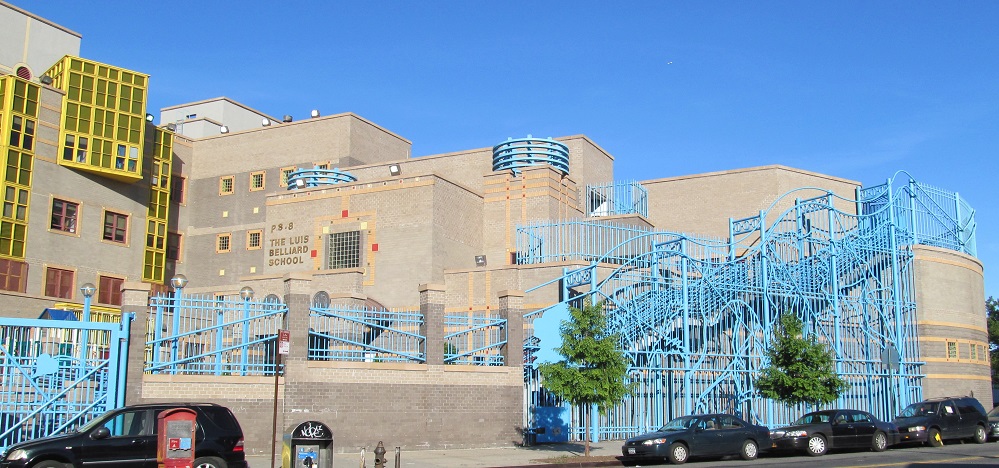

Splashes of color on P.S. 8 (167th Street) and nearby on Amsterdam Avenue (northeast corner of 168th Street).
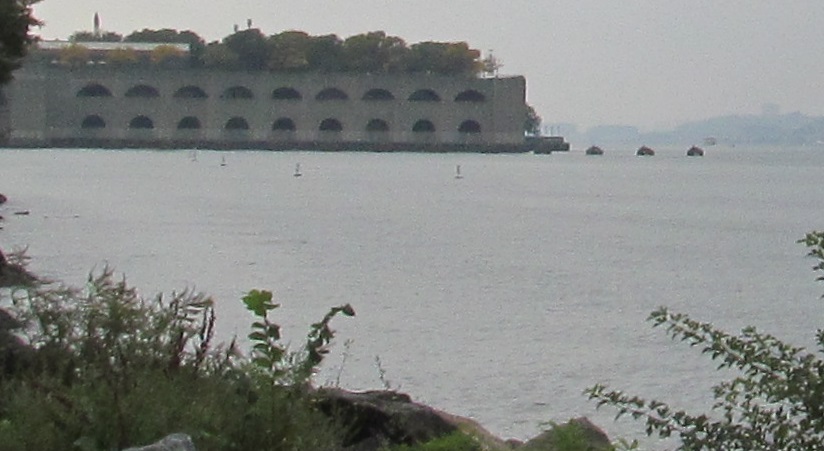
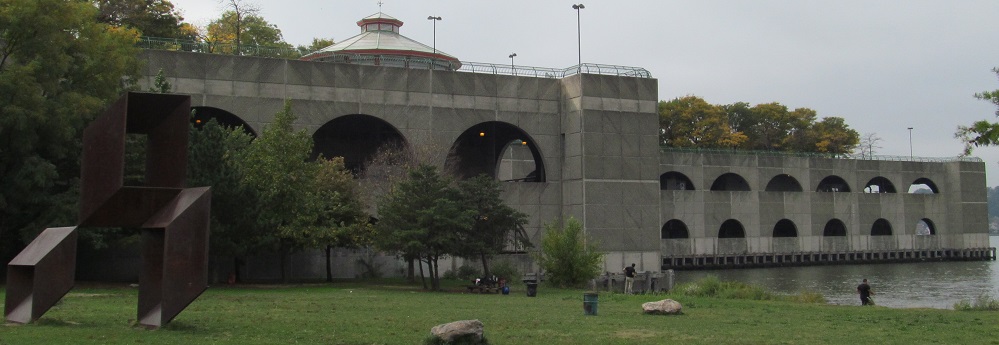
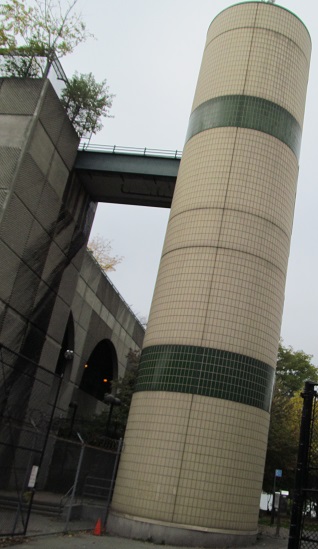

Let's head back to the waterfront. The top of this structure is Riverbank State Park, accessed from river level by the circular tower staircase in the 3rd photo. The cubic/perspective structure that I could not find a name or artist for (it was out there in October 2013) is just before it. But what's most interesting is what's under it, inside the arches: the North River Wastewater Treatment Plant. Must be a pretty efficient plant if there can be a park on top and no one's the wiser.



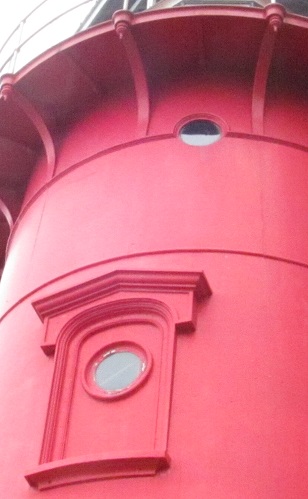
If you've heard of the lighthouse under the George Washington Bridge, you're wrong. This is actually Jeffrey's Hook Lighthouse, but it's been called the Little Red Lighthouse ever since a 1942 children's book, The Little Red Lighthouse and the Great Gray Bridge. Don't ask me why no one calls it the GGB instead of the GWB. Anyway, the lighthouse was active for a whopping 11 years (1921-1932), but that's in keeping with its 28 foot stature and its grand 10 candela of luminescence. Real lighthouses have at least 1,000 times that power to be actually visible.

Jeffrey's Hook sticks out into the Hudson River so that looking south affords a view of much of the western Manhattan shoreline.
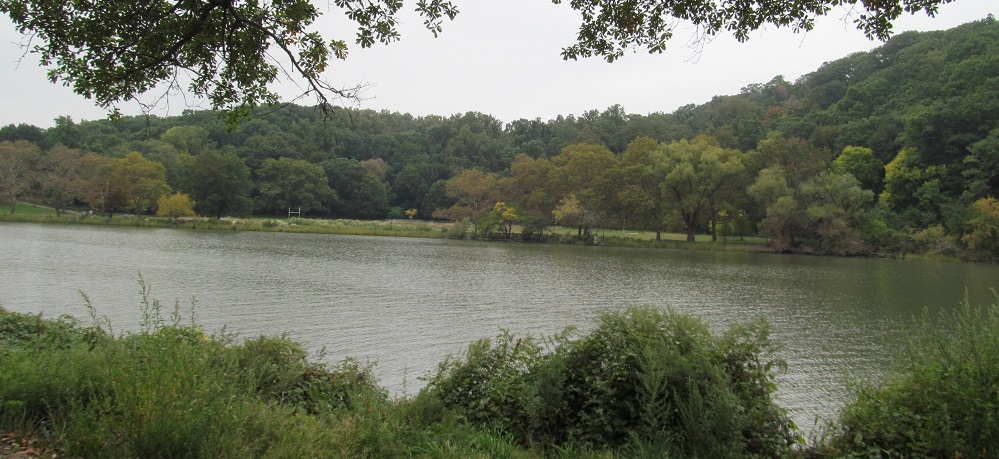
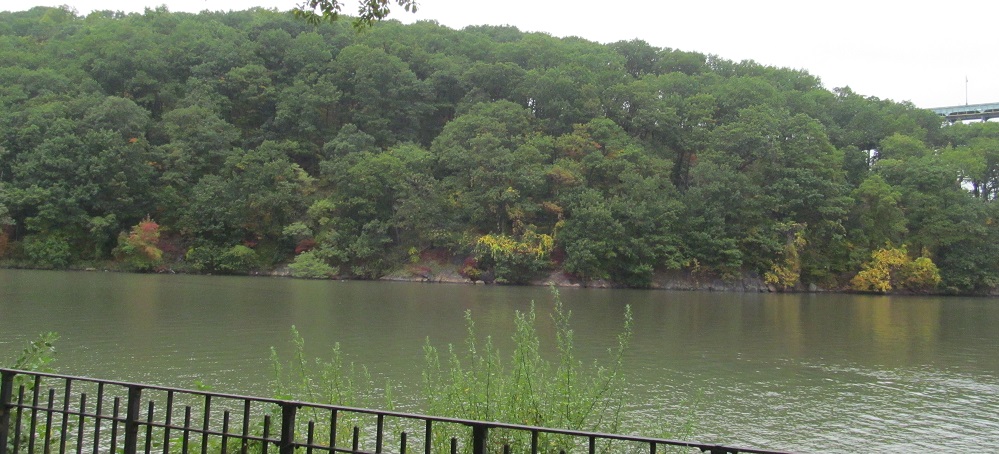
From the very top of Manhattan Island, these photos look west along Spuyten Duyvil toward Inwood Hill Park, left and right respectively.
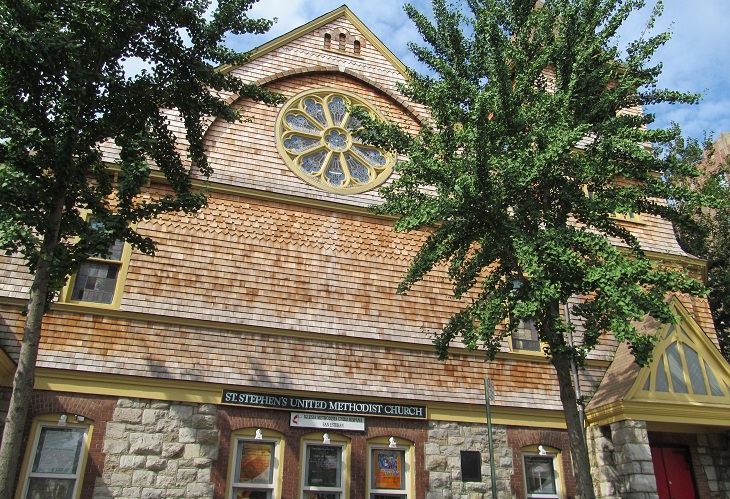


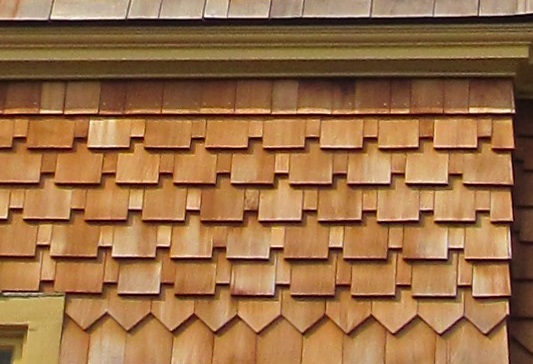
If you didn't think you could find an ornate wooden church on the island of Manhattan, you may still be wrong, but these photos won't be the ones to prove it. St. Stephen's is in Marble Hill, which was cut off from Manhattan in 1895 when a canal was built (now part of the Harlem River) and became part of the mainland after the bypassed loop of the Harlem River was filled in 1914. However, the New York County boundary stayed put, leaving the neighborhood of Marble Hill part of Manhattan in every way except geographically. All of the metal spikes in the window closeup are to keep the window pretty by not letting pigeons come to roost - and poop.

Random Marble Hill building detail.


If you didn't think you could find a mansion that looks like a castle... so yes, this is still in Marble Hill.
Along Adam Clayton Powell, Jr. Boulevard
City College of New York
Continue south of 110th Street in Uptown Manhattan
Into the NYC Subway
Back to Manhattan main page
Back to New York Non-Roads
Back to Non-Roads main page






















































